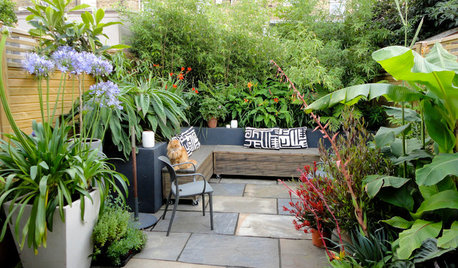Bonsai Beginner
hsernulka
15 years ago
Related Stories

MOST POPULAR10 Reasons to Love a Tiny Garden
Small outdoor spaces can have a beauty all their own
Full StorySponsored
Most Skilled Home Improvement Specialists in Franklin County
More Discussions








lucy
hsernulkaOriginal Author
Related Professionals
Oconomowoc Landscape Architects & Landscape Designers · Wixom Landscape Architects & Landscape Designers · Addison Landscape Contractors · Americus Landscape Contractors · Huntington Landscape Contractors · Hurricane Landscape Contractors · Sammamish Landscape Contractors · Santa Maria Landscape Contractors · Sun City Center Landscape Contractors · Wanaque Landscape Contractors · Westford Landscape Contractors · Crestline Decks, Patios & Outdoor Enclosures · Hendersonville Decks, Patios & Outdoor Enclosures · Overland Park Decks, Patios & Outdoor Enclosures · Eustis Decks, Patios & Outdoor Enclosuresredneck_grower
hsernulkaOriginal Author